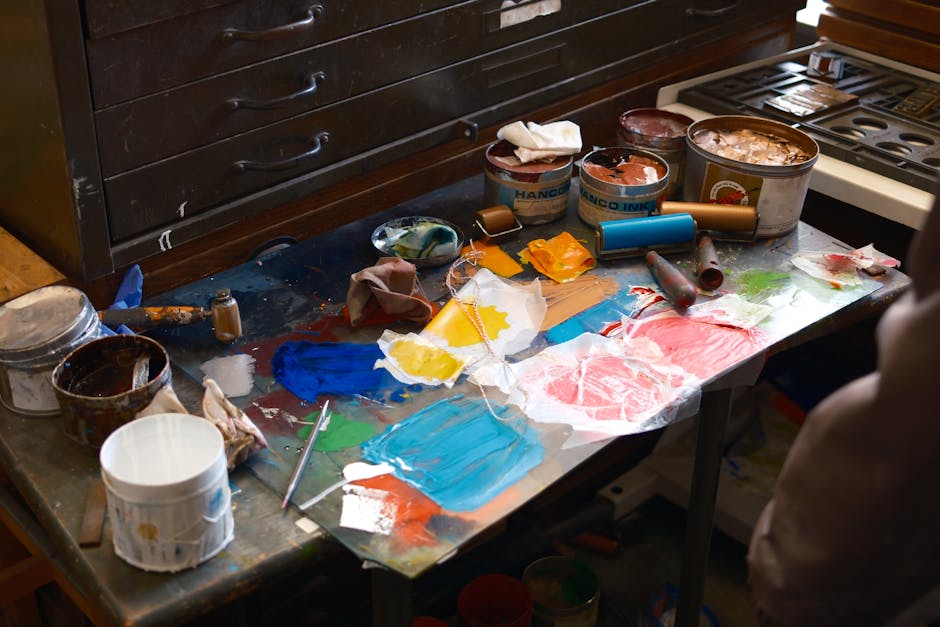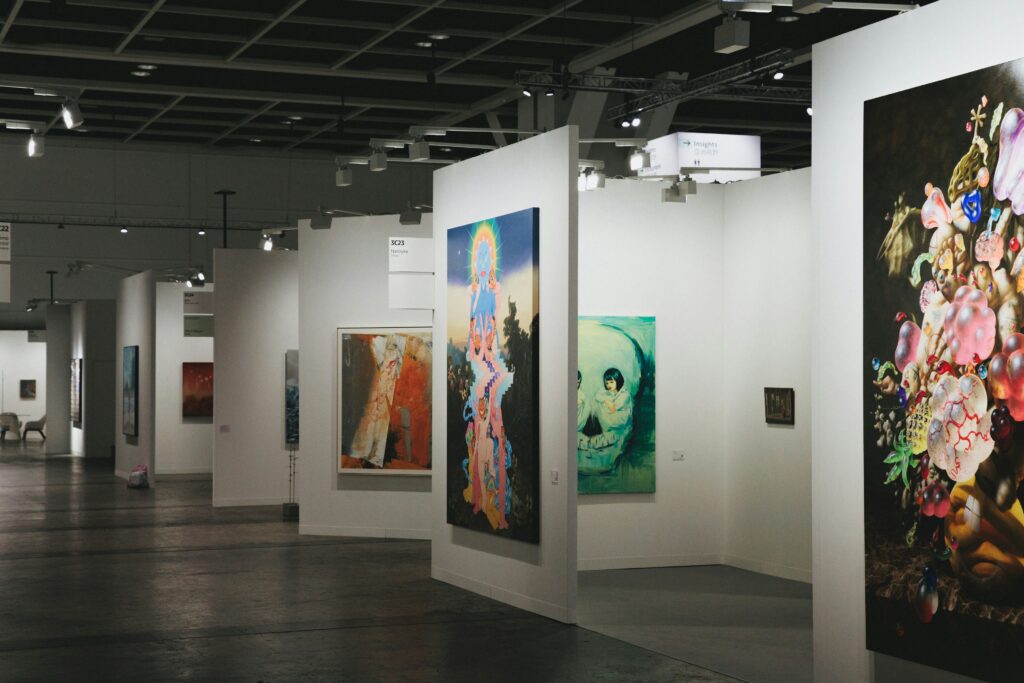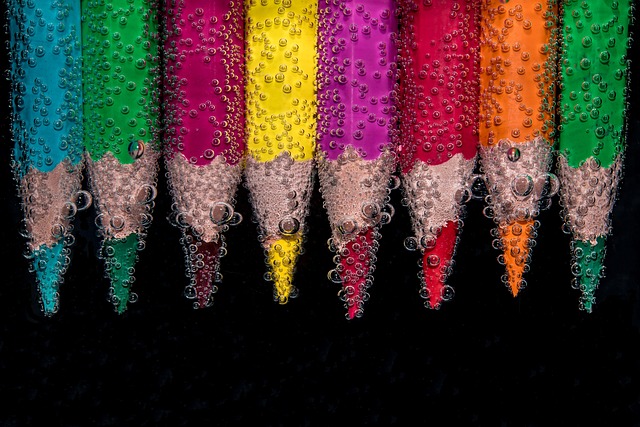Identity, Surveillance, and Algorithmic Aesthetics
Performing the Self Online
In today’s vlogging landscape, creators must constantly manage and perform their identities. Online personas are curated with careful attention—not just to expression, but also to reception. This process of self-performance is influenced by multiple factors:
- Expectations of followers and fans
- Platform norms and trending aesthetics
- Pressure to remain authentic yet appealing
Vloggers often walk a tightrope between personal truth and strategic branding. The result is a public self that is both genuine and carefully constructed.
Surveillance Culture and Digital Labor
Being a creator means being watched. But it’s not just by fans. Platforms monitor content metrics, engagement, and behavior to determine visibility and reward. This creates a feedback loop where creators alter what they show based on how they are seen.
- Algorithms track views, likes, and retention
- Self-censorship can occur to avoid demonetization or deboosting
- The line between authentic expression and algorithmic optimization becomes blurry
Additionally, the always-on nature of vlogging contributes to a form of digital labor that is often invisible yet exhausting.
Platforms, Networks, and Algorithmic Influence
Algorithms are not just tools; they shape the aesthetics and rhythms of content itself. Creators adapt their editing styles, storytelling structure, and upload schedules to fit what platforms reward.
- YouTube’s recommendation engine favors specific pacing and retention metrics
- TikTok trends inform video length, music choice, and humor styles
- Instagram algorithms impact thumbnail selection and visual branding
To remain discoverable, successful vloggers develop a keen awareness of what each network promotes and mold their content accordingly. But in doing so, creators risk losing originality for visibility.
Key Takeaway
Creators today must skillfully balance authentic identity with platform expectations and algorithmic logic. Understanding these hidden systems is essential for navigating the increasingly complex world of digital visibility.
Introduction
Vlogging has survived the algorithm swings, the rise of short-form, and a dozen platform pivots. It’s not a trend—it’s a format that adapts. While other content styles come and go, vlogging remains the digital version of showing up, camera in hand, ready to connect.
In 2024, though, the rules are shifting again. What worked two years ago won’t cut it now. Platforms are prioritizing interaction over raw numbers. Viewers care more about authenticity and value than over-polished edits. The bar is higher, but so is the potential reward.
Why should creators care? Because staying relevant now means leaning in—using smarter tools, targeting tighter niches, and understanding exactly how the system works. Vlogging isn’t dying. It’s leveling up. Keep creating, or risk getting left behind.
Artists today aren’t just using the internet as a platform—they’re using its logic as raw material. That means understanding how content moves, what grabs attention, and when it fades out. Memes, comment threads, glitch aesthetics, even algorithm quirks—it’s all fair game. The creative process now includes learning from the way digital culture behaves and reworking it into something self-aware.
It’s not just about what’s viral. Metadata, timestamps, and compression artifacts are being used in place of brushes and ink. Some artists are mining browser tabs or error messages for meaning. The internet’s memory—its mess, its noise, its clutter—is the canvas.
But this isn’t always screen-bound. A lot of post-internet work ends up off the grid. Physical spaces, printed matter, or sculpture rooted in digital ideas are gaining traction. Just because it started online doesn’t mean it stays there. The line is blurry, and that’s the point.
Before vlogging looked like what it does today, digital artists like Petra Cortright, Amalia Ulman, and Jon Rafman were already bending the format. Cortright took webcam performances and gave them the feel of fine art. She sat in front of her laptop with glittering filters and low-res effects—turning what could’ve been a random YouTube upload into a museum piece. Her work challenged the line between disposable internet content and highbrow visual art.
Amalia Ulman famously used Instagram as a stage, building a fictional character across dozens of carefully curated posts. At the time, no one really knew social media could be manipulated like that—it opened the door to influencers playing roles, designing personas, and using platforms as scripted narratives.
Rafman went deep into internet subcultures, mining Second Life and Google Street View for his vignettes. He documented the uncanny and the overlooked, blending voyeurism with commentary on digital life. His style echoes in today’s lo-fi vlogging and the obsession with weird corners of the web.
What they all have in common: they messed with format, questioned sincerity, and blurred reality with performance. That spirit still runs through vlogging now. Whether it’s ironic editing, hyper-curated aesthetics, or meta-narratives, today’s creators owe plenty to these early internet disruptors.
Can Post-Internet Work Thrive in a Market-Driven System?
Art After the Click
Post-internet art emerged as a response to digital culture—smart, self-referential, and shaped by online aesthetics. But as it enters mainstream markets and institutional spaces, a key question remains: Can it survive without compromising its core critique of commodification?
- Many post-internet artists now rely on galleries, brand collaborations, and social media to monetize their work
- The challenge: maintain cultural relevance while resisting commodification
- Ongoing debate over whether the art is subversive or complicit in the systems it reflects
Critical Reactions: Overhyped or Understood?
Critics remain divided on the cultural weight of post-internet creations.
- Some praise the movement’s intelligence and refusal to fit into traditional art molds
- Others argue it relies too heavily on irony and digital-native in-jokes that limit its accessibility
- There is a growing critique that post-internet work risks becoming style over substance, especially in commodified contexts
Format Fatigue and Creative Cycles
Audiences are increasingly aware of the repetition within post-internet formats. As meme aesthetics, glitch visuals, and comment-section irony become pervasive, what began as disruptive risks becoming formulaic.
- Overuse of internet-derived tropes has led to viewer fatigue
- The art world is asking: Is the movement evolving, or stuck remixing the same themes?
- The next phase likely depends on artists who can move beyond surface-level online culture and offer new frameworks for meaning and critique
Post-internet art faces a critical crossroad—it can either deepen its complexity or risk being flattened into aesthetic trend.
Post-internet art didn’t just enter the gallery—it rewired it. Galleries that once thrived on white walls and hushed openings had to rethink their approach. Screens became sculpture. Memes, code, and browser windows turned into materials. Artists stopped asking if digital belonged in physical spaces and started blending them outright. Instead of painting the internet, they brought the internet into the room.
Residencies also adapted. It wasn’t about shipping artists to remote studios anymore. It was about plugging them into networks. Virtual collabs. Online drop-ins. Even fully digital residencies where the work lived entirely on the cloud. This shift widened access and flattened geography.
Collectors, too, had to stretch. Provenance and permanence in an age of jpegs and NFTs meant learning new rules. Some adapted fast—building portfolios from livestream performance documentation, augmented reality installations, even screenshots. Others lagged behind, still trying to apply old models to new media.
The line between installation and interface is blurry now. A video may live in a gallery or on a phone. A work might begin as a post and end as a sculpture. What matters is not whether it’s “digital” or “physical,” but whether it hits—visually, emotionally, conceptually. For more, see Exploring the Role of Technology in Contemporary Art.
The internet doesn’t stand still. Neither does the way we create, share, or think about art. What used to be called “post-internet art” isn’t some distant movement—it’s now baked into everything we do online. From the way vloggers frame a mundane coffee run to how they remix sounds, apps, and formats, the line between content and commentary is pretty much gone.
Post-internet, as a term, is tired. What matters is the mindset: you’re making art just by engaging with the tools, the chaos, the culture. You don’t need to paint it, filter it, or call it conceptual for it to count. If you’re online and creating—or even curating—what you put out is already part of the story. This isn’t about being highbrow. It’s about being real, responsive, and self-aware in a landscape that never slows down.
You don’t need white walls, a mailing list, or a studio in Brooklyn to be part of this movement. This isn’t about decoration. It’s about direction. Creativity is shifting from standalone pieces to systems that evolve, respond, and speak back. Vlogging in 2024 is more about what your content fits into—not just what it looks like alone.
For creators, this means thinking about the bigger machinery. How does your content connect, stack, loop? Are you making something once, or are you building an ecosystem that keeps feeding itself?
For audiences, don’t just scroll and tap. Slow down. Ask where this content is trying to lead you. Look for the pattern behind the post. Stay sharp, stay curious. The best work won’t always scream for your attention. Sometimes it’ll whisper, and wait for you to lean in.




